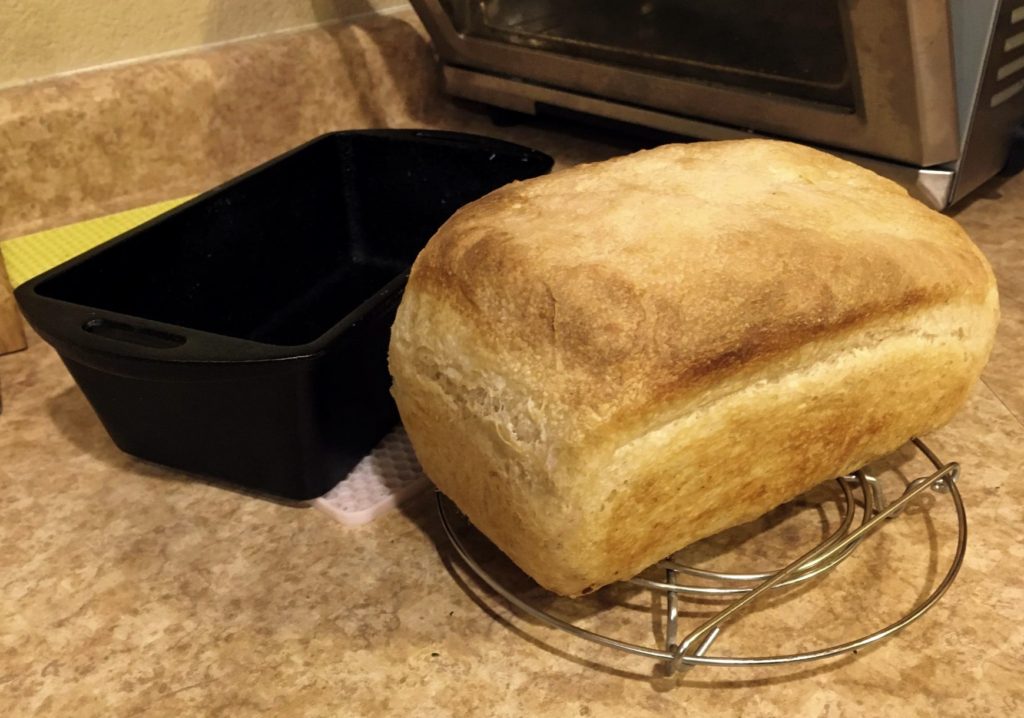We moved to Las Vegas to be closer to our parents, but the timing worked out perfectly for me to get a job with Bunnyfish Studio right as Tony Hsieh was pouring funds into the improvement of the East Fremont District via his DownTown Project.
I only met him once, briefly at our office in the Emergency Arts Building. He was swinging through and dropped by to say hello the principals. However, I can personally attest to the veracity of those stories of an unassuming billionaire with a backpack walking around town, at least during the day.
I could have met Tony more often, however we had moved to Vegas to be closer to family and to start our own, so I did not indulge in the tech startup nightlife. From everything I heard, it was a heavy mix of working hard, and partying harder, (for good and ill).
During my time in the middle of the East Fremont district, I worked on two major renovations, the John E. Carson Motel and the Bunkhouse Studio. Both were glorious extravaganzas where we were asked to dream big and allowed to achieve some of it.
As with any client, it wasn’t all unicorns and roses, and ultimately I decided that I could not bet my career on a single patron. I changed firms after eighteen months, a week after the Bunkhouse opened, but a few weeks before DTP announced a big round of layoffs.
Ironically, I was working on yet another DTP project with my new firm. It was not completely surprising when we found out that even the largess of a billionaire has limits. But saying the magic had faded implies that there was some magic in the first place. And those of us lucky to be in the middle of that scene certainly felt it during that time.
A couple years later, I worked on the project that replaced the maze of artist galleries and offices at the first floor of the Emergency Arts Building with a couple chain restaurants. During demolition, I walked by the our old office. The mural the bosses had commissioned as a backdrop to our tiny room was still there, patiently waiting its turn to be turned to dust. This building wasn’t owned by DTP, but the Beat Coffeeshop was the nexus of that exciting time. As I grow older, I’ve come to realize the fleeting nature of these moments. It was bittersweet to play a hand in the final erasure of that time on East Fremont.
This Friday, we found out that Tony Hsieh passed away due to injuries from a house fire in Connecticut. The news of this tragedy brought back a rush of memories. As any good architect, I have sharp opinions about everything, but 2013 and 2014 around Downtown Project really was a special moment, and I was fortunate to have played a small role during that time.
Last year, the renovated Ferguson Motel finally opened up with a new massive sunken courtyard punctuated by a coffee shop. It was a completely gratuitous gesture that was half a decade late, but when this pandemic ends, I’ll go down there and buy Tony an espresso. Maybe I should have done it before he passed, but it’s too late for that, so this is the least I could do.
Rest in peace Tony, I hope you found it.
